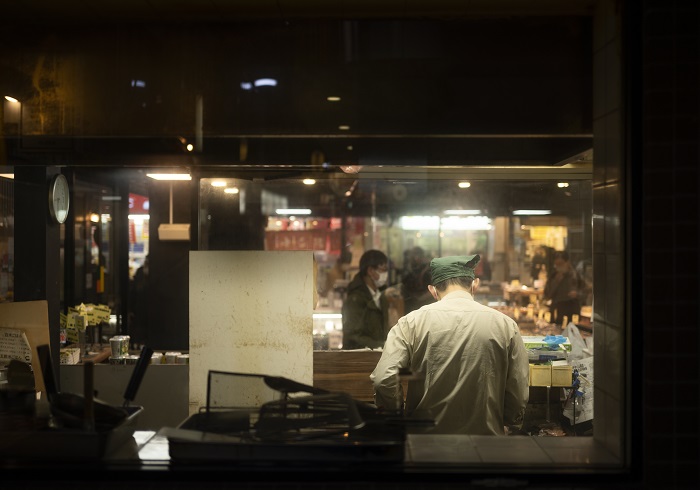Almost every aspect of traditional retail has undergone massive transformations in the last few years. The recent rise of online shopping and overnight doorstep delivery options have changed customer expectations, with around 49% of people focusing on product availability well ahead of price and quality factors. It has expedited the need for phygital retail model…




